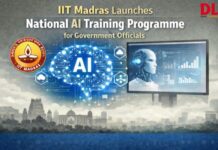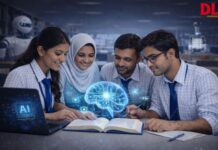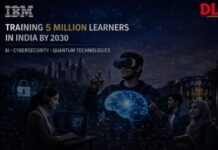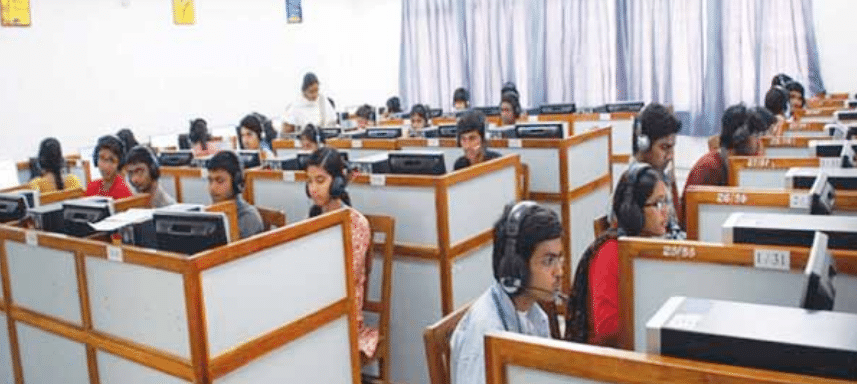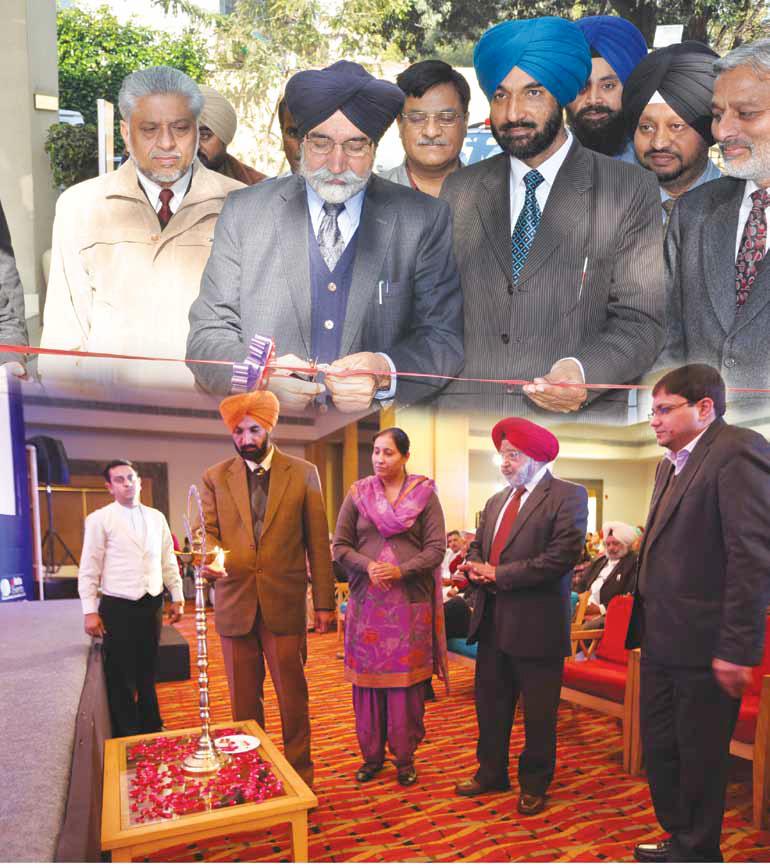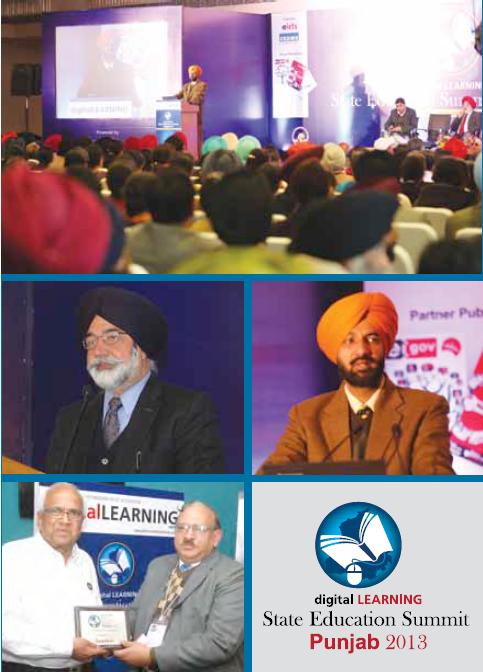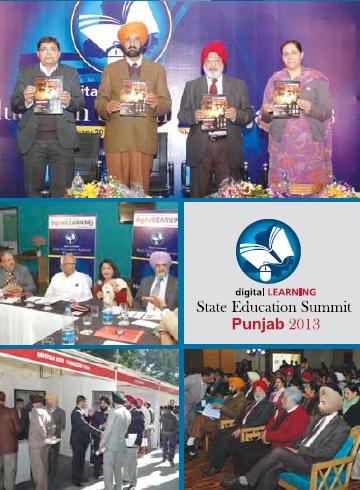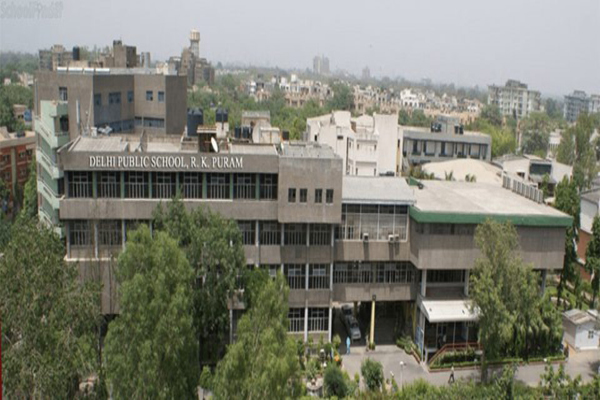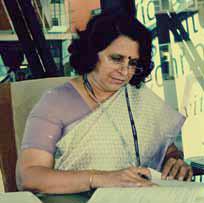 Labs at Vidyalankar Institute of Technology, Mumbai
Labs at Vidyalankar Institute of Technology, Mumbai
Principal In-charge: Prof Seema Shah
Types of labs deployed: Language Lab, Electronics and Embedded Systems Labs, Telecommunications Lab, Virtual Lab
The implementation of labs is leading to an enhanced teaching- learning process. This is because students can visualise abstract concepts and better understand how things work. This essentially creates an encouraging learning environment where the students’ curiosity and creativity are triggered. This builds a stronger foundation and thus, students are able to apply the concepts learnt in final year projects. Thus, the projects are meaningful, relevant in the current context and can be used with little efforts spent on converting them to prototype. Some of the projects are used within the institute like online knowledge portal, online transcript system, online faculty feedback system etc.
Language Lab
The purpose of a language lab is to involve students to actively participate in language learning exercises and get more practice than otherwise possible in a traditional classroom environment. With a language lab, all students in the class can speak simultaneously without distracting each other regardless of the class size. Without a language lab, in a class of more than 10 students, each student gets less than one minute of speaking practice. In a language lab, the teacher has a computer with appropriate software for conducting language exercises, both teachers and students use headsets, while the students have a recorder/player for recording/listening to speech. We have used language lab as a part of the Communication Skills and Presentation and Communication Techniques subject curriculum. While teaching these two subjects, the Humanities faculty identify students weak in communication and they are given extra exercises during the higher semesters. This helps in preparation of technical and HR interviews during the placement process.
Electronics and Embedded Systems Labs
• DSCH2 is used in the Digital Design labs for gate level/transistor level simulation. It simulates digital circuits and helps view timing diagrams
• ISE 9.2i is a simulator for programming digital circuits in VHDL and simulating them. These programmes can be downloaded on FPGA (Field Programmable Gate Arrays) kit and can implement circuits on FPGA
• Microwind: It used for VLSI (Very Large Scale Integration) subject to make layouts of various CMOS circuits and can also do circuit analysis
• Open Source Software like Ngsice, Magic: These are used for circuit simulations
• MATLAB: Practical in Electronics and Telecommunication branches are conducted using MATLAB. It is a high-level language and interactive environment for numerical computation, visualisation, and programming. MATLAB is used to analyse data, develop algorithms, and create models and applications. The language, tools, and built-in math functions enable us to explore multiple approaches and reach a solution faster than with spreadsheets or traditional programming languages, such as C/C++ or Java. We use MATLAB for a range of applications, including signal processing and communications, image and video processing, control systems and test and measurement.
Telecommunications Lab
• OptiSim: OptSim is RSoft’s awardwinning software tool for the design and simulation of optical communi-cation systems at the signal propagation level. It has state-of-the-art simulation techniques, an easy-touse graphical user interface and lablike measurement instruments.
• Genesys: Genesys is software useful for design and analysis of RF and Microwave circuits. It has an intuitive Windows design environment with integrated schematic capture and board layout along with system, circuit, electromagnetic simulators. It provides graphical and interactive stage-by-stage diagnosis of impairments such as mismatches and spurious frequency mixing that are ignored by spreadsheets. System frequency planning is made simple through automatic identification of spurious free bands. We use Genesys in academics for analysis of transmission line, Smith Chart analysis, design of the impedance matching networks, design and analysis of microwave and RF circuits, and design and analysis of antenna.
• IE3D: IE3D is the first SCALABLE EM design and verification platform that delivers the modelling accuracy for the combined needs of high-frequency circuit design and signal integrity engineers across multiple design domains. IE3D’s multi-threaded and distributed simulation architecture and high-design capacity is the most cost-effective EM simulation and modelling solution for component level and circuit-level applications. IE3D offers the highest simulation capacities and fastest turnaround times for the broadest number of applications making it the best choice for improving your design team productivity and meeting design schedules on time.
We are in the process of implementing virtual labs with IIT, which provides remote- access to labs in various disciplines of Science and Engineering. These virtual labs would cater to students at the undergraduate level, post-graduate level as well as to research scholars. The objective is to encourage students to conduct experiments by arousing their curiosity. This would help them in learning basic and advanced concepts through remote experimentation.
Objectives
• For explaining difficult theoretical concepts in the classroom, for conducting practicals where students can imagine and understand the concepts learnt, for UG and PG projects in relevant fields
• Providing an opportunity to faculty and students to design and simulate their own work
• Work done by the students has direct relevance to the industry and increases employability
• Design software speeds up time needed if done manually
• Use of simulation software in labs mimics the real-world scenarios/experiments
Aiding teaching-learning process
• Faculty find it easy to teach concepts with these digital labs
• Concepts and abstract entities are visualised and retained for a longer period of time
• Higher level learning is possible
• Helps in applying concepts learnt in projects and technical co-curricular activities
Modes of evaluation
• During student’s final viva voce every semester, our external faculty gives feedback on student’s performance. This gives us an idea of the level of learning, which has been
encouraging
• Department level: At the start of every semester, we invite an industry experts from every department for an in-depth meeting with all faculty members to discuss what is happening in the industry, how we have implemented teaching of theory and practical in the last semester, and how we are going to teach now.
• Subject level: We ask industry experts to give their suggestions which will make teaching worthwhile and relevant in the current context
• Project level: Every project guide gets comments and suggestions for the project he/she is guiding from an industry expert
Teacher’s training and experience with labs
• Vendor demos are organised for all new purchases: equipment and software for faculty and technical staff
• Regular faculty trainings are conducted before faculty start practical
• Teachers’ feedback has been positive, they found it easy to teach concepts, observed that students have developed confidence in their subjects and are able to retain these in higher semesters
• Teachers are able to instill curiosity among students in their subjects
Students’ feedback
• Students are engaged in the labs, since they find it interesting. They want to use the lab beyond timetable hours for fiddling with their ideas
• Students find labs interesting and are understanding concepts better
• They have found relevance to current technology trends and work happening in industries .
Future trends
• More software are going to come up for design, simulations and testing in various branches of engineering
• Collaborations among institutes for sharing labs virtually
• Students and faculty are going to become savvier with e-usage and over the Internet.


